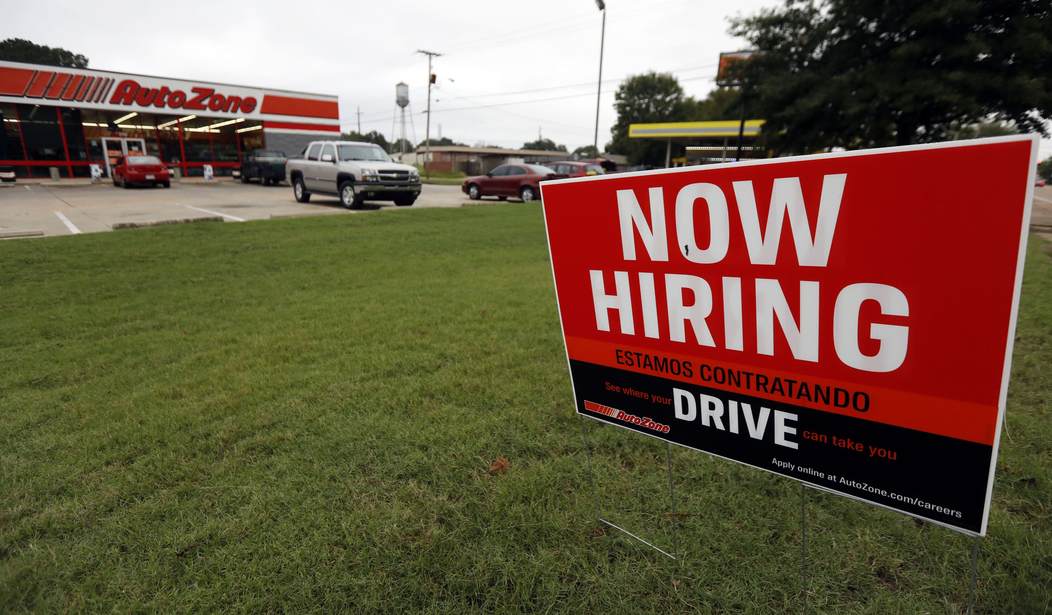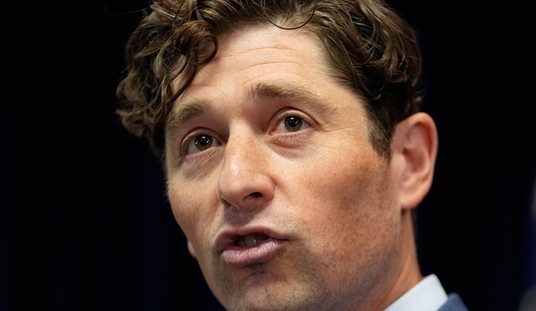When the last COVID relief package was passed, it once again included federal funds to enhance unemployment benefits by an additional $300 per week through Labor Day. This was great news for those whose employers were still shut down because of government mandates, but now that many businesses are emerging from the shutdowns, they’re running into a problem that was wholly predictable and anticipated. Particularly in the bar and restaurant industry, as well as related operations such as food trucks, employers are having a hard time finding applicants to fill those positions. Some of the people who are remaining on the sidelines and were recently surveyed said that they were still worried about contracting the virus on the job, while others cite a lack of childcare options. But a significant number of them are simply content to continue receiving unemployment benefits that add up to as much, or in some cases even more than they would bring home from their old jobs. This is creating frustration for many employers who can’t afford to compete with the unemployment benefits but are ready to move back to full operations. (Associated Press)
Owners say that some would-be workers are worried about catching COVID-19 or prefer to live off unemployment benefits that are significantly higher amid the pandemic. Child care is another issue — parents aren’t able to work when they need to tend to or home-school their children.
When Steve Klatt and Brandon Lapp set up interviews for their restaurant and food truck business, they’re lucky if one out of 10 or 15 applicants comes in.
“The people who do show up, all assume their unemployment is running out,” says Klatt, whose business, Braised in the South, is located in Johns Island, South Carolina. The maximum weekly unemployment benefits in the state are $626 including $300 in federal coronavirus relief payments; in some states, maximum unemployment is over $700 a week.
Seven hundred dollars per week works out to $17.50 per hour, assuming a normal, 40-hour schedule. That’s more than the minimum wage in the most generous of states and nearly double the national average of $9.20 per hour. That’s a pretty strong incentive for a lot of people to stay on the couch binging Netflix rather than slinging tacos in a food truck for eight hours each day.
All three of the listed drivers of unfilled job vacancies have identifiable root causes that could have been addressed and still could be today if we had elected officials with enough intestinal fortitude to tackle the job. The aforementioned problem of enhanced unemployment benefits had a solution proposed by Republicans that was rejected by congressional Democrats. If we had capped the maximum unemployment benefits at 80 or 85 percent of each worker’s previous year’s earnings, they still would have done better than the minimum wage in all cases while not viewing their old jobs as not being worth the hassle of returning before their benefits expired.
Also, in states and regions where all of the lockdowns have been lifted and employers were free to reopen, why are the enhanced benefits being distributed? That relief bill wasn’t designed to address every person who is out of work. It was specifically crafted to help people who lost their jobs through no fault of their own because the government shut down their employer.
As to the childcare issue, that’s a very serious concern that can’t be ignored. But it’s also true that all of those parents would be available to return to work if the schools were all fully reopened for in-person learning. We already know who is to blame for this subset of the unemployed. If the government can’t figure out a way to rein in the teacher’s unions, then how about we take the money for the enhanced unemployment benefits out of the schools’ funding? I’d be willing to bet you’d be seeing schools opening at a record pace if that happened.
And finally, there are those who are still concerned about contracting COVID if they go back to work. Here’s where those dreaded “immunity passports” might actually come in handy. Are you vaccinated? Well, that’s the best we can do for you at this point. Take all the rest of the precautions about social distancing into account and head back to your jobs. If not, settle for the unemployment benefits offered by your state prior to the federal enhancements.
Putting all of those measures into place would have vastly reduced the total cost of the relief programs and gotten people back to work sooner. Of course, none of these solutions will be put in place because Congress is drunk with the excitement of handing out “free money” far and wide. But the longer these policies remain in place, the longer it will be before we get back to full employment.








Join the conversation as a VIP Member